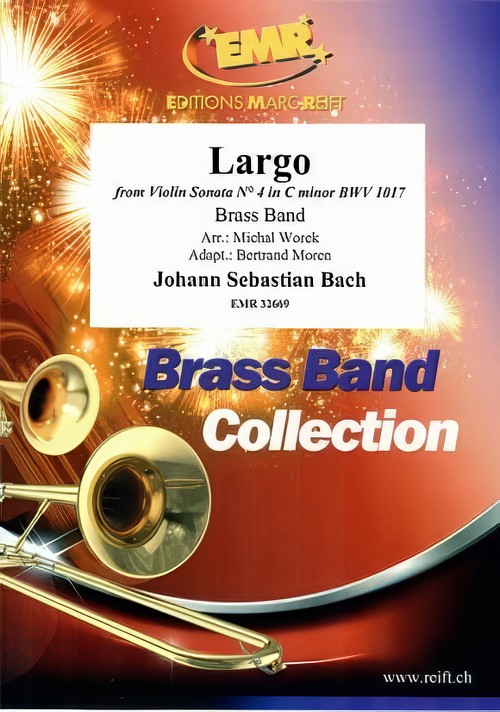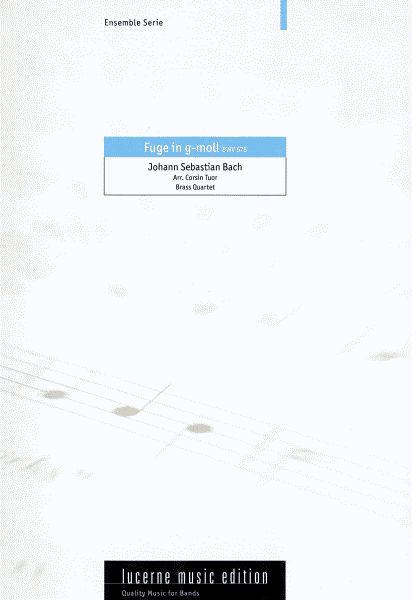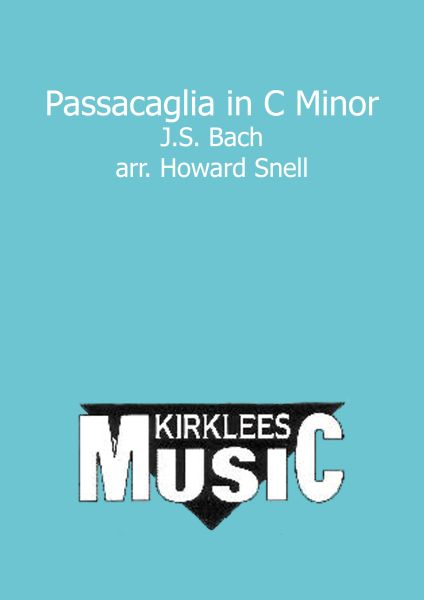We've found 195 matches for your search. Order by
Results
-
£32.95
Toccata in D Minor - Johann Sebastian Bach
Estimated dispatch 5-14 working days
-
£37.95
Toccata in D minor
Estimated dispatch 5-14 working days
-
 £83.00
£83.00Largo (from Violin Sonata No.4 in C minor BWV 1017) (Brass Band - Score and Parts) - Bach, Johann Sebastian - Moren & Worek
Duration: 4.00
Estimated dispatch 7-14 working days
-
 £54.20
£54.20 -
 £37.95
£37.95TOCCATA in D MINOR (Farr) (Brass Band) - Farr, Ray
Rock version.
Estimated dispatch 7-14 working days
-
 £13.95
£13.95Fugue in g Minor BWV 587
Estimated dispatch 7-14 working days
-
 £6.95
£6.95Fugue in g Minor BWV 587 (Score Only)
Estimated dispatch 7-14 working days
-
 £61.50
£61.50Passacaglia in C Minor
Estimated dispatch 7-14 working days
-
£12.00
Concerto in C Minor - Johann Sebastian Bach - Michal Worek
Estimated dispatch 7-14 working days
-
£12.00
Concerto in G Minor - Johann Sebastian Bach - Michal Worek
Estimated dispatch 7-14 working days
